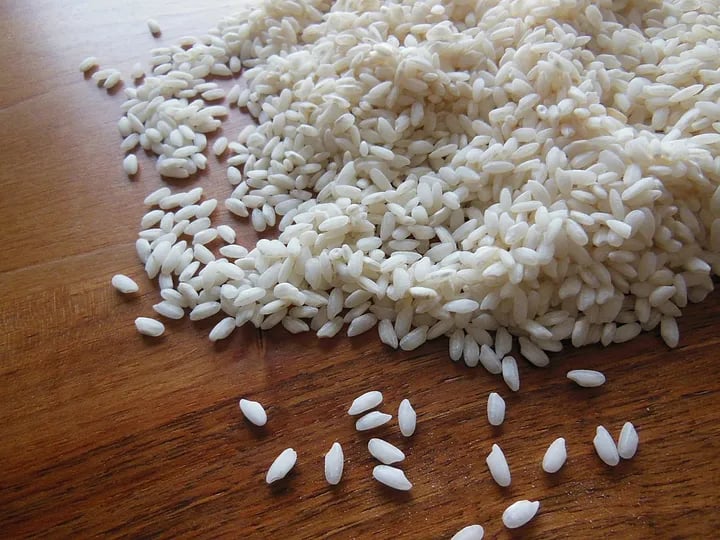Rice Export Ban: A Right Decision in the Interest of the Public
On Thursday 20th July 2023, the Indian government took a significant step by imposing a ban on the export of non-basmati white rice. It is a well-established truth that decisions made in the interest of the people may inevitably result in some degree of hardship for certain individuals.
ENGLISH ARTICLE
Athish Ravikanth
7/22/20232 min read


Introduction
On Thursday 20th July 2023, the Indian government took a significant step by imposing a ban on the export of non-basmati white rice. It is a well-established truth that decisions made in the interest of the people may inevitably result in some degree of hardship for certain individuals. Indian citizens are no strangers to such experiences, having endured challenging times during events like the Covid pandemic and demonetization.
Reasons for the Export Ban:
The primary reason behind the prohibition of non-basmati white rice export lies in the recent erratic weather patterns and the adverse effects of climate change and the El Nino phenomenon. El Nino, a periodic warming of the Pacific Ocean, disrupts the global atmospheric circulation and rainfall distribution, leading to extreme weather events across different regions. In 2022, a strong El Nino developed in the Indo-Pacific region, resulting in abnormal excess and deficit distribution of rains in various parts of the Indian subcontinent.
Impact on Indian Farmers:
The ban comes at a critical time when heavy rainfall has hit northern parts of India, causing significant damage to newly planted crops in states like Punjab and Haryana, which are major rice-producing regions. This has forced farmers to replant their crops, incurring additional expenses and affecting their livelihoods. In other rice-growing states like Uttar Pradesh, Bihar, West Bengal, and Odisha, farmers have faced challenges in transplanting seedlings due to inadequate rainfall, further exacerbating their woes. The delayed monsoon has also impacted irrigation facilities and water availability, making it difficult for farmers to sustain their agricultural activities.
The Precautionary Measure:
The Indian government views the export ban as a precautionary measure to ensure an adequate stock of rice for domestic consumption and to build buffer reserves. With the unpredictable weather patterns and potential threats of future climate-related challenges, maintaining a sufficient supply of essential food commodities like rice becomes crucial to safeguard the interests of the citizens.
Impact on the Rice Market:
While the export ban may reduce rice prices within India, it could have adverse effects on the international rice market. India is a major exporter of rice, and the ban is likely to affect around 80 per cent of the country’s rice exports. Countries heavily reliant on Indian rice, such as Bangladesh, Nepal, Sri Lanka, Benin, Senegal, Nigeria, Iran, Iraq, Saudi Arabia, and the United Arab Emirates, may experience higher prices and limited availability of rice in the coming months.
Challenges from Political Perspectives:
Additionally, the Karnataka government’s (Congress) involvement in procuring rice for an illogical scheme announced before the election further complicates the situation, contributing to the challenges faced by the rice market in India.
Conclusion:
Overall, the export ban serves as a necessary precautionary measure to address the prevailing circumstances and safeguard the nation’s food security in the wake of weather-related disruptions in the agricultural sector.
As the situation unfolds, it becomes crucial for policymakers to strike a balance between domestic needs and international trade while finding sustainable solutions to address the impacts of climate change on agricultural practices.
TRAVEL & TRADE
Bangalore, India